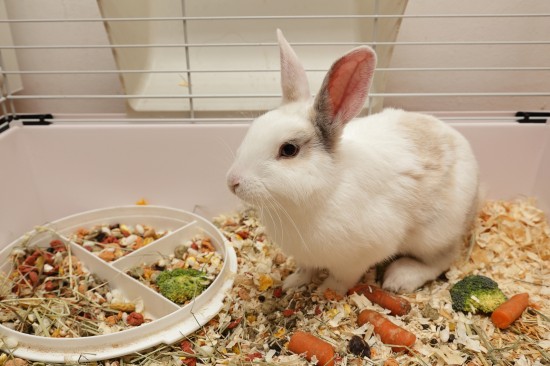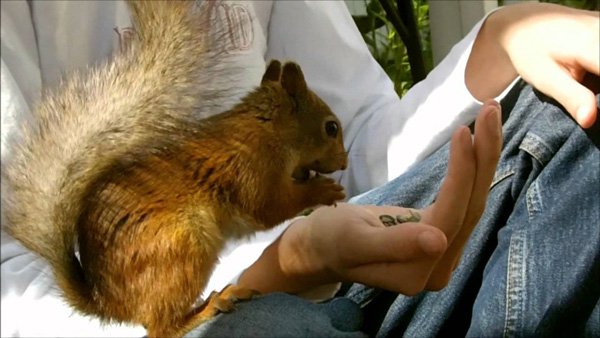The Manx cat is an easy to recognize breed with its stumpy or missing tail and is described by breeders as an affectionate and loving cat. Some people can be put off this breed by Manx Syndrome so here is the current status of the breed.
The Manx cat is an easily recognisable breed of cat that has either no tail or a much reduce one. It originates from the Isle of Man between England and Ireland and its lack of tail is caused by a genetic mutation. These cats are intelligent and very affectionate but can suffer from a health problem associated with their tailnessless called Manx Syndrome.
Tail sizes
Although the traditional image of the Manx is completely without a tail, this isn’t the case and there are Manx cats that have short or even half normal length tails. To differentiate the tail lengths, breeders have come up with a naming system for their cats:
• Rumpy – no tail at all
• Riser – several vertebra or a small cartilage stub covered by fur
• Stumpy – partial tail longer than riser but shorter than a full tail
• Longy – nearly full or complete tail
The length of the tail has been connected with Manx Syndrome and the combination of breeding cats with the different tail sizes has been found to reduce its occurrence. The optimum breeding pair is a full tail or stumpy to a riser or rumpy. This has a significant reduction in the chances of kittens being born with the syndrome.
Manx Syndrome
Manx Syndrome is a condition that leaves a cat with serious damage to both the spinal cord and the nerves. It can also lead to a number of other conditions including:
• Spina bifida – this is a congenital spinal condition due to defective vertebra that affects both the spine and the spinal cord
• Missing vertebra
• Fused or shortened vertebra
• Poorly developed sacral or pelvic bone
• Paralysis in the hind legs - this is due to the spine being too short
Because of the severity of these conditions, Manx Syndrome is usually fatal to the cat. It is also for this reason that breeds don’t allow their kittens to leave for new homes until at least four months old as this is the period of time it can take for symptoms to manifest.
Arthritis
At one time, it was common to remove the tails of stumpy and full length Manx cats to avoid arthritis in the tail area as this can cause the cat severe pain. It is still a common practise in the US though breeders on the Isle of Man have never followed the procedure and report very little problems with arthritis in their cats. Therefore, it is perhaps a problem that has developed in the breed since moving abroad and whether to do this with a cat is totally down to the owner’s preference.
Conclusion
Due to the dedicated work of Manx breeders for a number of generations, occurrences of Manx Syndrome and other related problems are on a rapid decline. With the added understanding of genetics that allow people to comprehend why a certain condition occurs, there is a strong chance in the future that this terrible condition will be eradicated forever from the Manx population around the world.

 Breeding From Your Dog - The First Stages Of Labour
Breeding From You
Breeding From Your Dog - The First Stages Of Labour
Breeding From You
 Different Ways Of Keeping A House Rabbit
Different Ways Of
Different Ways Of Keeping A House Rabbit
Different Ways Of
 Chicken Runs: Here's a Shortlist of What to Expect When Buying
Chicken Runs: Here's a Shortlist of What to Expect Wh
Chicken Runs: Here's a Shortlist of What to Expect When Buying
Chicken Runs: Here's a Shortlist of What to Expect Wh
 Keeping Pet Rodents Safe And Happy At Christmas
Keeping Pet Roden
Keeping Pet Rodents Safe And Happy At Christmas
Keeping Pet Roden
 Grooming Your Pony
Grooming Your Pon
Grooming Your Pony
Grooming Your Pon